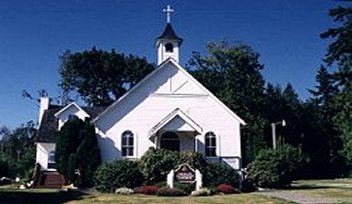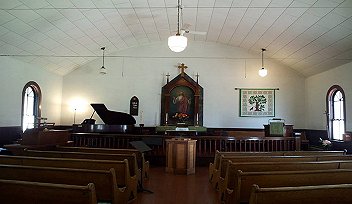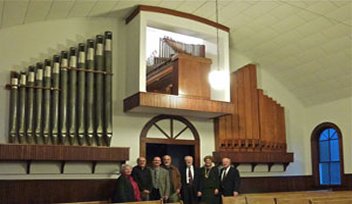|



|
Church
News...
By Martin Pommerenke
Christians today sing a
famous song from the Gospel of Luke.
It’s the song of St. Mary, the mother of Jesus, and it’s a
subversive song.
It starts, “My soul magnifies the Lord.” Towards the end of it,
she sings, “he has brought down the mighty from their thrones
and has lifted up the lowly; he has filled the hungry with good
things, and the rich he has sent away empty.”
It’s not just this song that’s subversive. The Gospel of Luke
reminds us at every turn of the page that God is in the business
of turning the world upside down. God is always at work,
empowering the poor, the outcast, the alien, and turning down
the dial on earthly authorities.
Indeed, Christians confess that Jesus is coming again to judge
the living and the dead. One of the Christian hymns we sing in
December proclaims, “every eye shall now behold him, robed in
dreadful majesty.” We quote St. Paul when we sing, “At the name
of Jesus, every knee shall bow.”
No matter what political party, no matter the title – of Prime
Minister, President, or King – every ruler is subject to God’s
authority, every ruler is subject to King Jesus.
The Christian hope is, at the end of it all, the almighty love
of Christ the King will save us from the evil we’re doing to
ourselves and one another.
So, we practice a subversive hope when we pray for Christ to
come again. Subversive hope resists capitulation or resignation
to demagoguery. We live it out when we work – in peace – towards
a future in which the rulers and the rich are brought to
account.
We practice this hope when we align ourselves with God’s agenda
of bringing the marginalized to the center. God works through
our hands when we use them to turn the tables on the systems of
injustice.
When it feels like we’re reeling from the horrors afflicting our
common life, let’s not lose hope. Let’s not despair. Let’s not
lose sight of a deliverance that is unseen but always on its
way.
Subversive hope burns in us when we remember that God is at work
in everything and in every place to bring about God’s future. It
fires us to become emissaries of King Jesus’ hope now.
Those of us who have been given the blessings of worldly power
can use it to join God’s mission. Even if we’re only doing a
small thing, we can yet do a hopeful thing. We can make a
difference.
History is moving towards God’s goal: towards justice. The
question is whether we’ll take God’s side – with the poor, the
outcast and the alien – or whether we’ll side with the
presidents, politicians and princes who demonize them.
|

